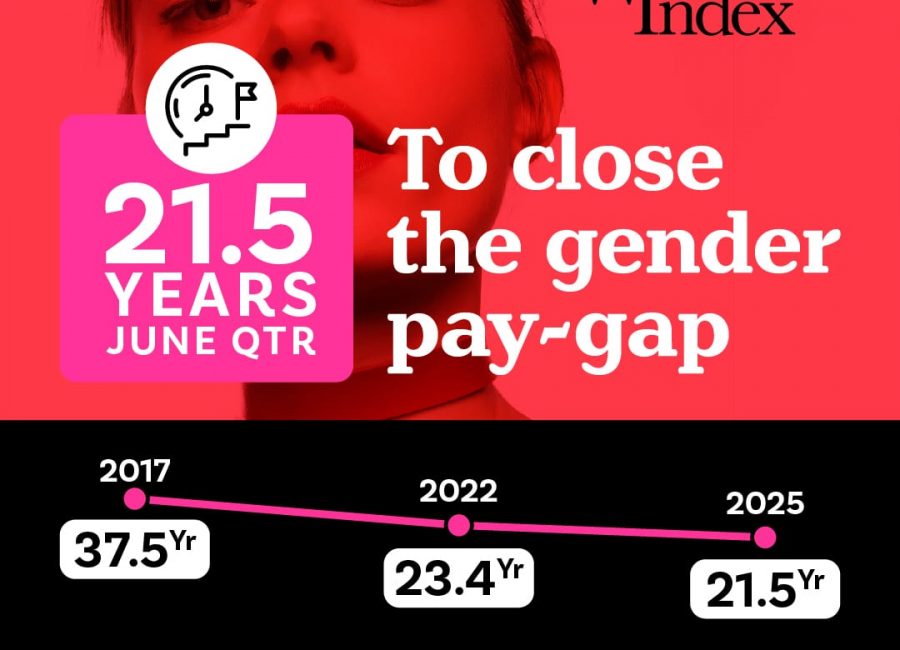Women are now earning 16 per cent less than men, but are we talking enough about what’s really causing this gender pay gap and what can be done to address it?
Women working full-time are earning $1,369.70 per week, compared to men on an average weekly wage of $1,631, according to the latest report from the government’s Workplace Gender Equality Agency (WGEA) based on data from the Australian Bureau of Statistics.
But what that also reflects is that of the millions of women in the workforce, only 2.9 million are full-time compared to 5.2 million men, according to the ABS.
So we know there are more men in the full-time workforce, particularly in the higher paying industries such as mining, engineering, and information technology.
We also know that more women tend to work part-time and in industries known to pay less. And then there’s the obvious fact that the pay gap starts to emerge once women take career breaks to have children.
Without question, these facts add to the competitive nature of the Australian workplace and shows what many women are up against in the pursuit for equal pay.
So could the solution be to encourage more women into full-time work? The business and economic benefits would be huge, but how do you achieve it?
Improvements to child care subsidies, greater workplace flexibility and educating women on pursing careers in higher paid industries are just some of the potential ways to get more women working full-time.
What’s interesting is that the report also shows that the gender pay gap has narrowed from 17.2 per cent a year ago, but it’s still not as good as it was in 2004 when it stood at 14.9 per cent.
The report’s author’s cannot explain why this has been the case:
“While a number of factors contribute to changes in the gender pay gap, including major changes in Government policy, no causal links have been found to adequately explain the 2004 dip in the gender pay gap or its subsequent steep rise.”
The financial and insurance services industry had the highest gender pay gap at 30.8 per cent, followed by professional, scientific and technical services at 25.4 per cent and health care and social assistance at 23.5 per cent.
The lowest gender pay gaps were in the public administration and safety sector followed by retail.
Western Australia had the widest gender pay gap in Nov 2016 at 23.9 per cent, which is partly explained by the state’s dominating mining industry.
South Australia and the Australian Capital Territory had the smallest gender pay gaps at 11.2 per cent and 11.5 per cent respectively.
The ACT’s smaller pay gap is put down to a higher number of workers in public administration and safety sectors, which have lower pay gaps.
The WGEA report says other factors that could contribute to the gender pay gaps in various sectors by sector include:
- the public sector is situated in a politically-driven environment, while the private sector resides in a market-driven environment
- differences in the levels of occupational integration (balanced proportion of women and men in an occupation)
- differences in the implementation of anti-discrimination legislation
- differences in the size of establishments
- differences in the education and qualifications of workers.












